Credit card convenience fees are quite similar to surcharges — and, in fact, both fees serve very similar purposes. Whether you, as a merchant, are levying a convenience fee or a surcharge, your goals are probably 1) to offset the costs associated with accepting credit cards, and 2) to encourage customers to pay by a conventional method, like cash.
Whether you are imposing a convenience fee or a surcharge, the following rules apply, and are what often confuse both merchants and customers:
- The customer must be notified before the transaction is processed that a convenience fee or surcharge will be added to their total bill
- The convenience fee or surcharge must be processed as a single transaction
- The convenience fee or surcharge must be a separate line item on receipt
- The card brands – Visa/Mastercard/Discover/American Express – must all be subject to the same fee or percentage amount.
So, what exactly makes a convenience fee different from a surcharge?
Convenience Fees are charged for the privilege of using a non-standard payment method and are intended to offset the higher cost of administration. What you need to know about convenience fees:
- Convenience fees are for credit and debit cards, in an online or MOTO (Mail Order/Telephone Order) environment
- Convenience fees cannot apply to face-to-face transactions
- The amount of the convenience fee must be a flat fee or fixed dollar amount. It cannot be a percentage of the total bill, (except for government and educational entities which we will cover below)
- Any business that meets the requirements, in any U.S. state, can impose a convenience fee
Surcharges are added for the privilege of paying with a credit card and drives the cost of credit card transactions down to zero. Here’s what you need to know:
- Surcharges are strictly for credit card transactions and do not apply to checks, debit or prepaid cards
- Surcharges can be used in face-to-face, over the phone, or internet transactions
- The surcharge may not exceed the total amount of charges placed upon the merchant by the credit card processor, or 4%
- Surcharges are a fixed percentage of the total amount due, not a dollar amount
- Surcharges are currently only allowed in 44 states (soon all 50 states may be able to surcharge)
An excellent example of a commonplace to see a convenience fee is from the IRS when paying your taxes online. The IRS is required to collect the full amount of taxes owed. If they did not impose a convenience fee, then they would be receiving the tax payment minus the transaction costs from every person who paid online. So, the IRS imposes a convenience fee.
Another example of a convenience fee is while paying your mortgage or city water bill. Let’s say this month the days got away from you, and your payment will be late if you put a check in the mail. So instead, you hop online and pay the bill with a credit card on their website— this is where the convenience fee comes in. They have made it convenient for you to pay online, though they would rather have a check or ACH payment. They are offering you the convenience to pay outside of their standard payment channel, for a fee.
A situation where you may encounter a surcharge is at an attorney’s office. Traditionally, most do not accept credit cards, but recently firms have been offering the acceptance of credit cards with a surcharging option. The customers then have the choice of paying with cash, check, credit or debit cards. The surcharge is placed on the credit card transaction only.
There’s Always An Exception, Right?
Government and educational entities can apply a convenience fee to both card-present and card-not-present transactions. They are also not bound within the fixed dollar amounts and can make this fee a percentage of the total sale.
ONLY government and educational entities can pass on the full cost of check processing, credit card processing, and debit card transactions as a convenience fee. By doing so, these industries can drive their entire cost for payment processing down to zero in most cases. Click here for more information and a list of all government and educational entities that can add a convenience fee, including their Merchant Category Codes (MCC code).
Another Important Note
It is important to note that businesses who operate in a MOTO (Mail Order/Telephone Order) and e-Commerce environment cannot impose a convenience fee because their common payment channel is exclusively card-not present. So, the convenience fee guidelines do not allow for them to add a convenience fee. For a full list of the rules and regulations of convenience fees click here.
Final Thoughts
When you think of convenience fees, remember that they can be imposed on debit and credit cards and are applied when purchasing products or services outside the merchant’s normal environment of acceptance. A convenience fee will help offset the cost of credit card processing.
For all other businesses, surcharging can be used to cover all credit card transaction costs. When you think of a surcharge, remember that this is strictly for credit card payments and is a percentage added on to the total bill simply for paying with a credit card in any payment environment. A surcharge will drive the cost of all credit card transactions down to zero.
To learn more about how your business can offset its costs by charging convenience fees and surcharges, visit NXGEN online today.

